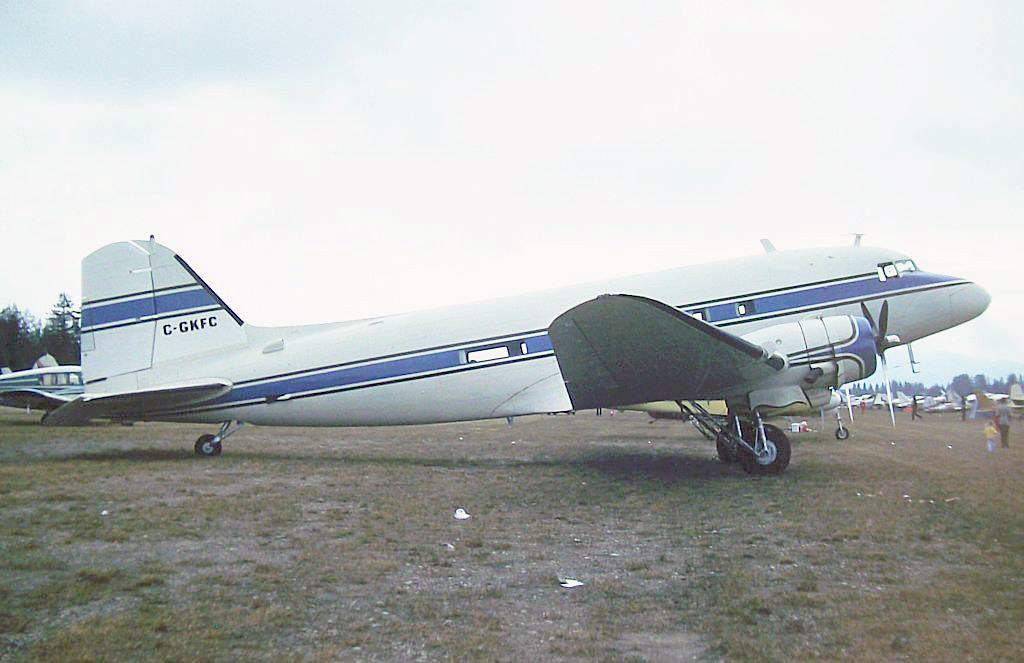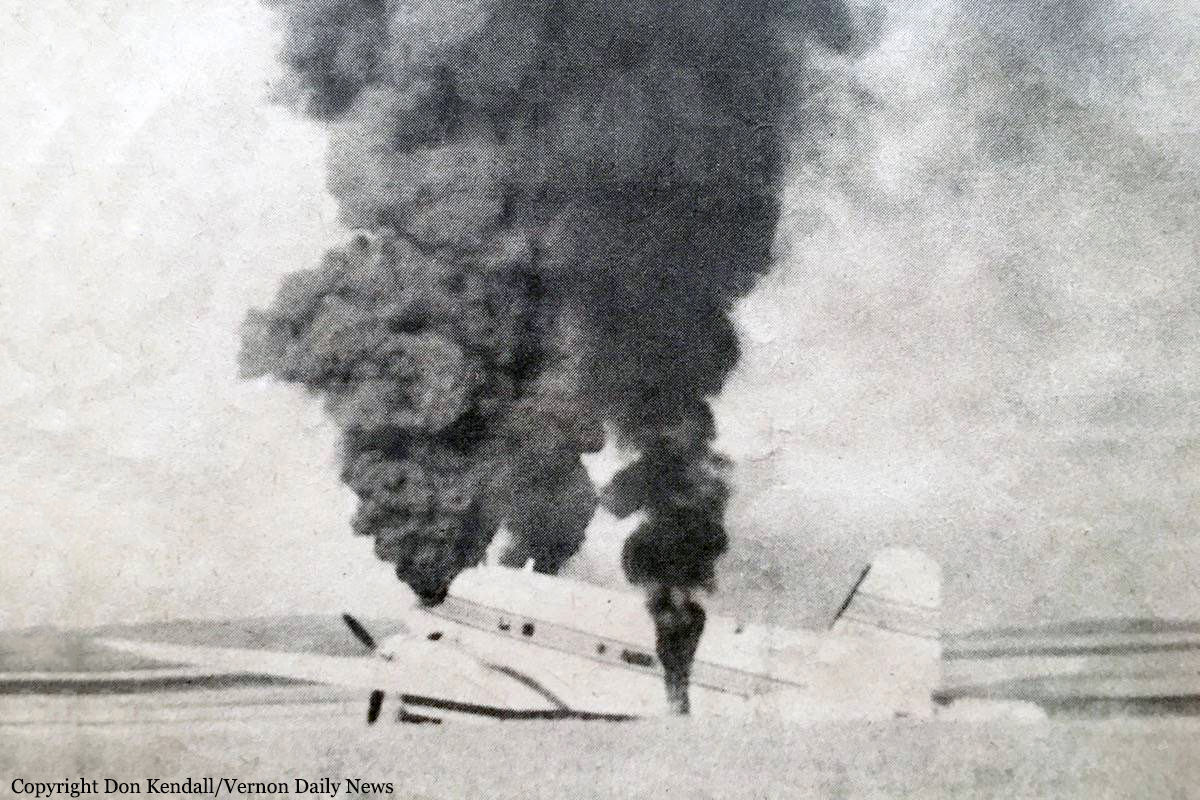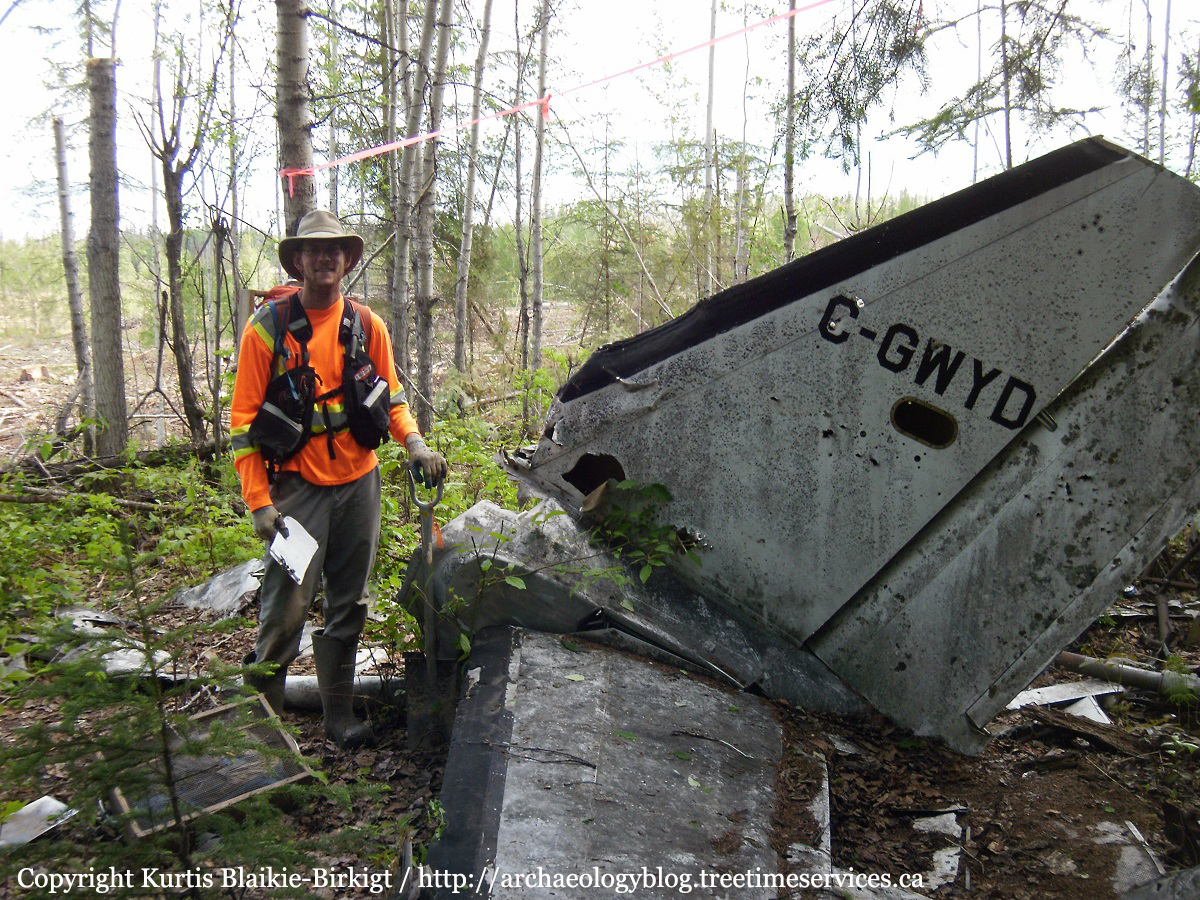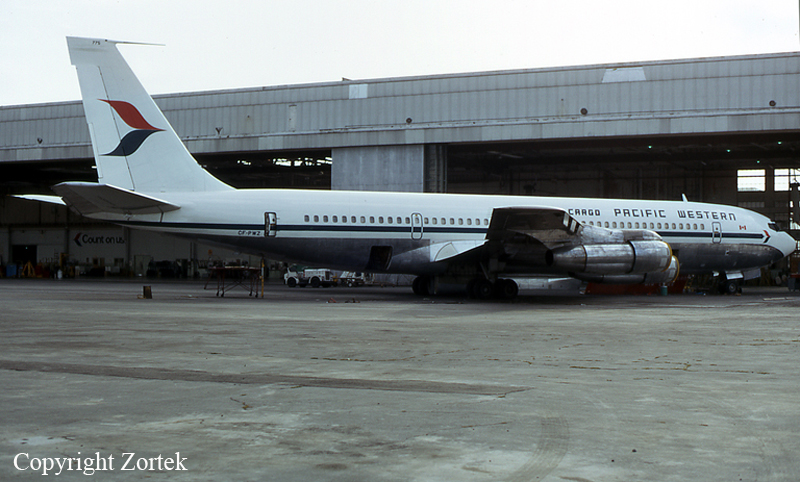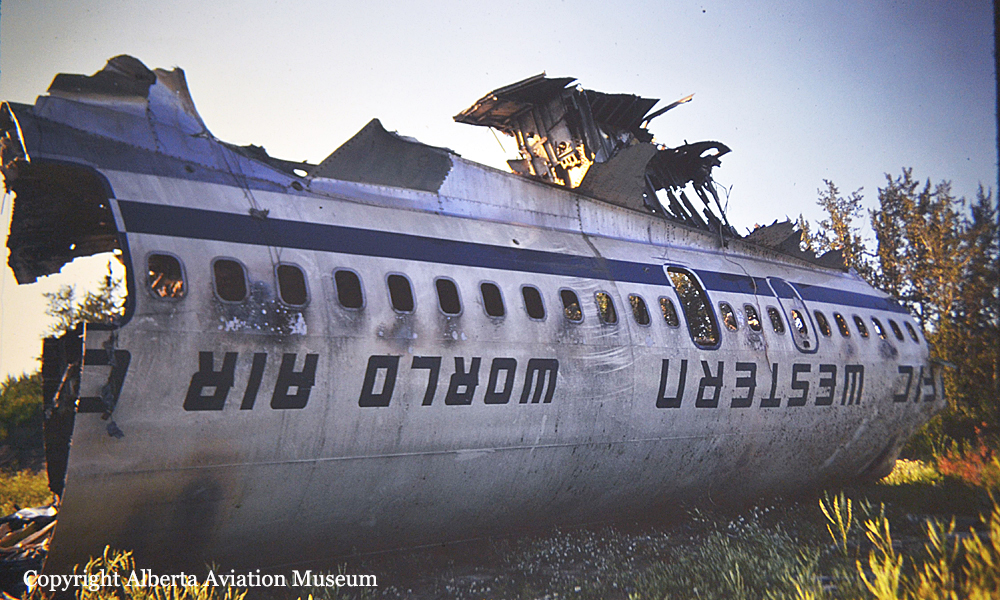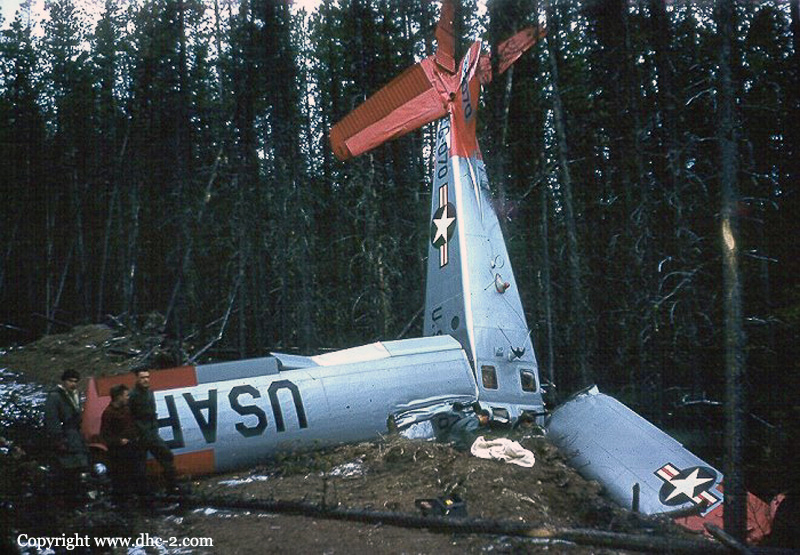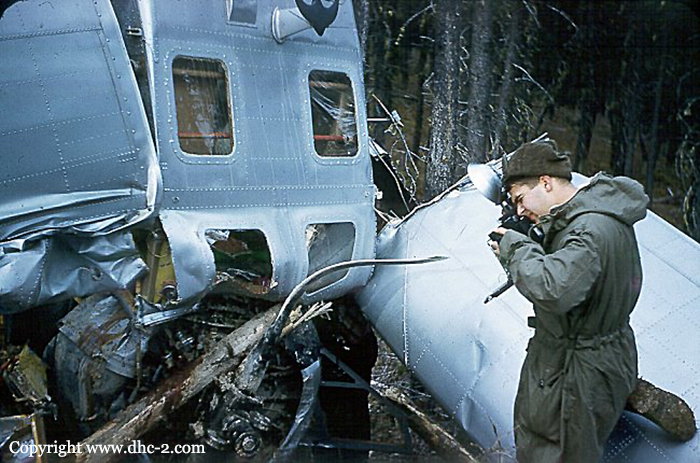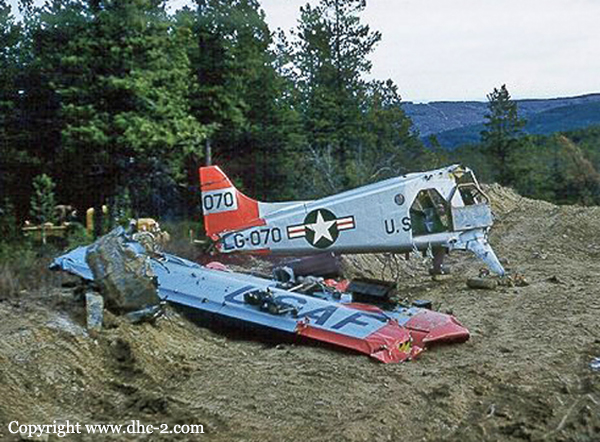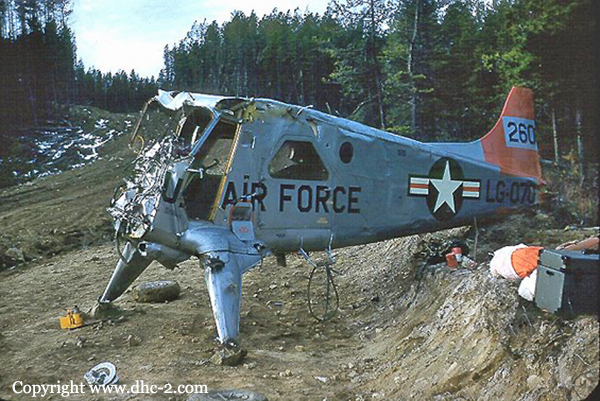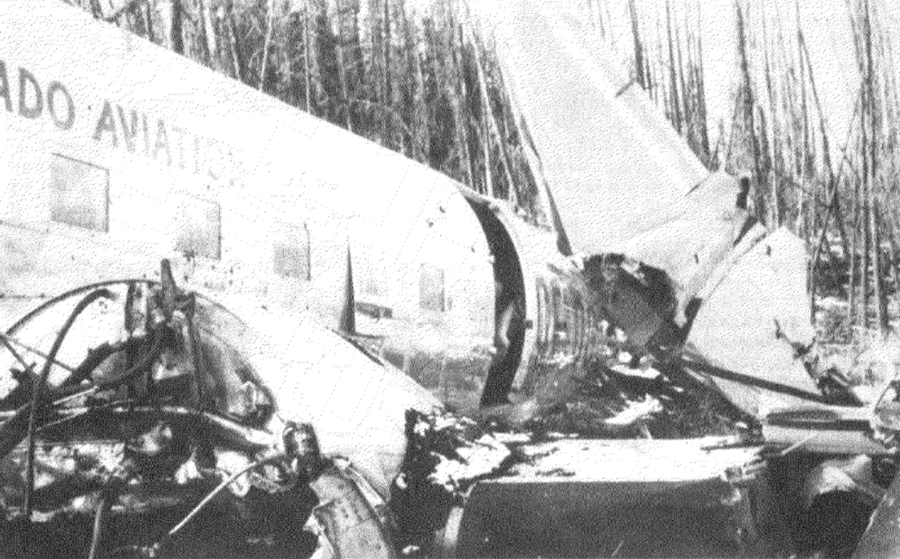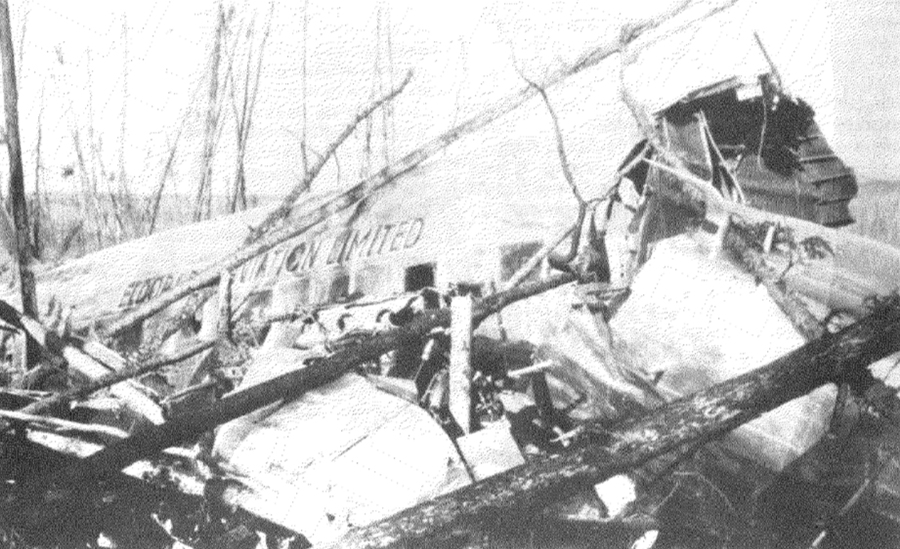Crash of a Douglas C-47-DL near Brocket
Date & Time:
Sep 7, 1976
Registration:
C-GKFC
Survivors:
Yes
Schedule:
Winnipeg - Lethbridge - Vernon
MSN:
4200
YOM:
1942
Crew on board:
2
Crew fatalities:
Pax on board:
26
Pax fatalities:
Other fatalities:
Total fatalities:
0
Circumstances:
En route from Lethbridge to Vernon, while cruising at an altitude of 12,000 feet, the pilot declared an emergency to ATC after a fire erupted in the rear of the cabin. The crew reduced his altitude and decided to divert to Pincher Creek Airport but fire and smoke spread in the cabin. In such conditions, the crew attempted an emergency landing in an open field located 8 km east of Brocket. The airplane landed and came to rest in flames. While all 28 occupants were able to evacuate uninjured, the aircraft was destroyed.
Probable cause:
An unknown fire erupted in the passenger cabin, near the washroom.
